YOU ARE LEARNING:
The Cell Membrane
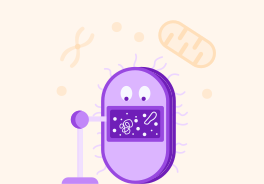
The Cell Membrane
The cell membrane regulates transport in and out of the cell.
True or false? All types of cells have a cell membrane.

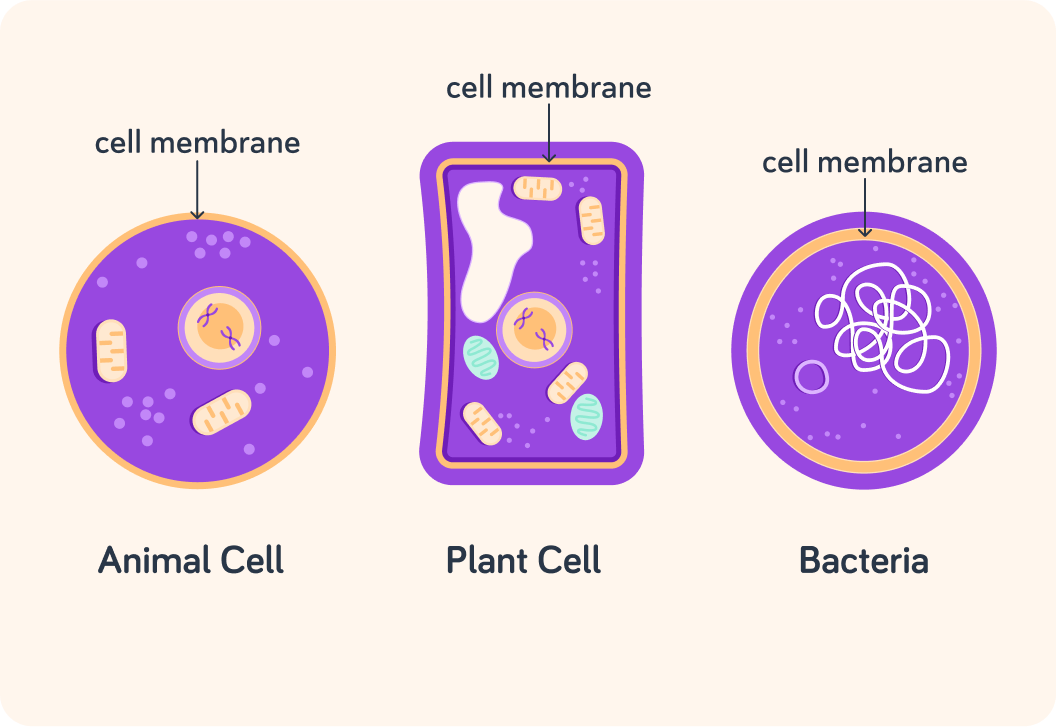
All types of cells have a cell membrane
Eukaryotic cells (animal and plant cells) as well as prokaryotic cells (for example bacteria).

The cell membrane is a little like a filled water balloon. What would happen if a cell didn't have a cell membrane?

So the cell membrane surrounds the cell and borders its cytoplasm. What do you think its other function is?

To recap! All cells have membranes
Eukaryotic as well as prokaryotic cells.

You can think of the cell membrane a little like a water balloon that has been filled with water
It keeps the cell's cytoplasm together. If the cell membrane wasn't there, the cytoplasm would just spill out.

The cell membrane also regulates transport in and out of the cell
It surround the cell, so it can act as a kind of border control. It only lets certain molecules in and out.

This is a zoomed-in view of the cell membrane, made up of layers called phospholipids. How many layers of phospholipids does it have?

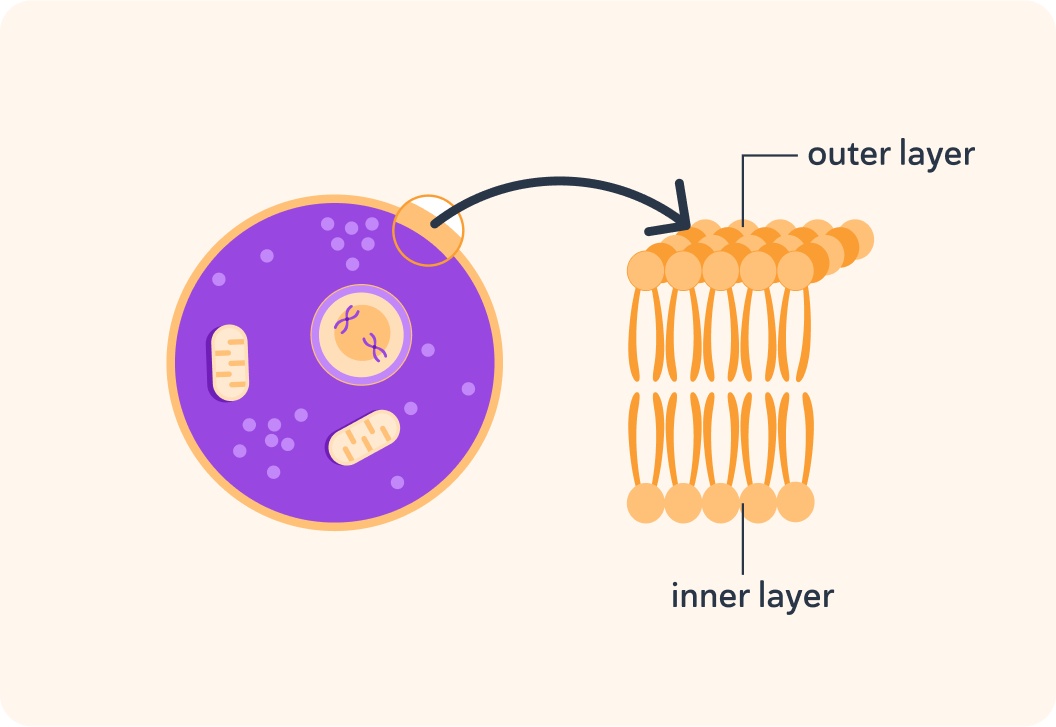
So the cell membrane is made up of two layers of phospholipids.
We refer to that as a "bilayered" membrane ("bi" means 2).

Here we can see a single component of the bilayer. Can you recall what it is called?

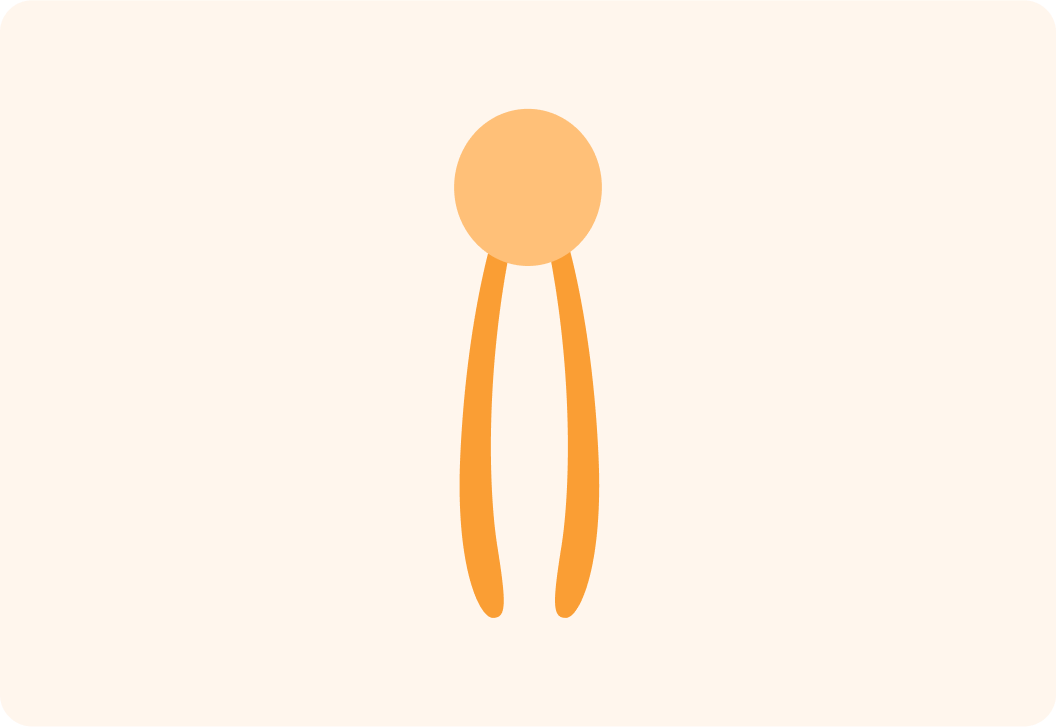
Phospholipids are made up of two parts
They have a head and tails.
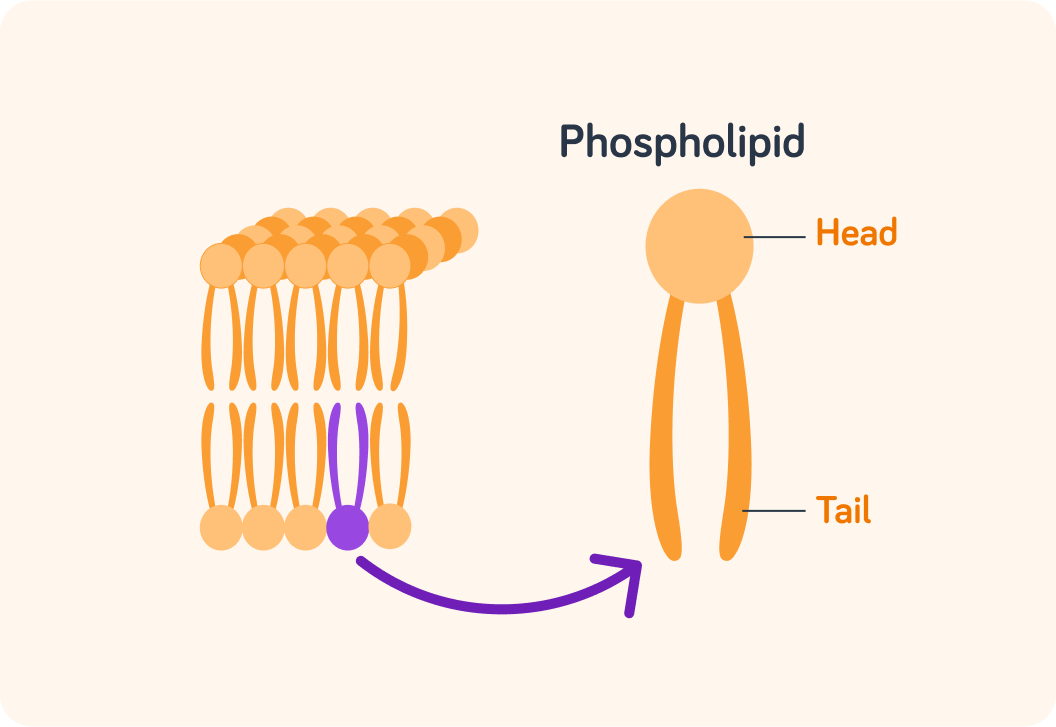
Now, phospholipid tails are "hydrophobic"
What does that mean?
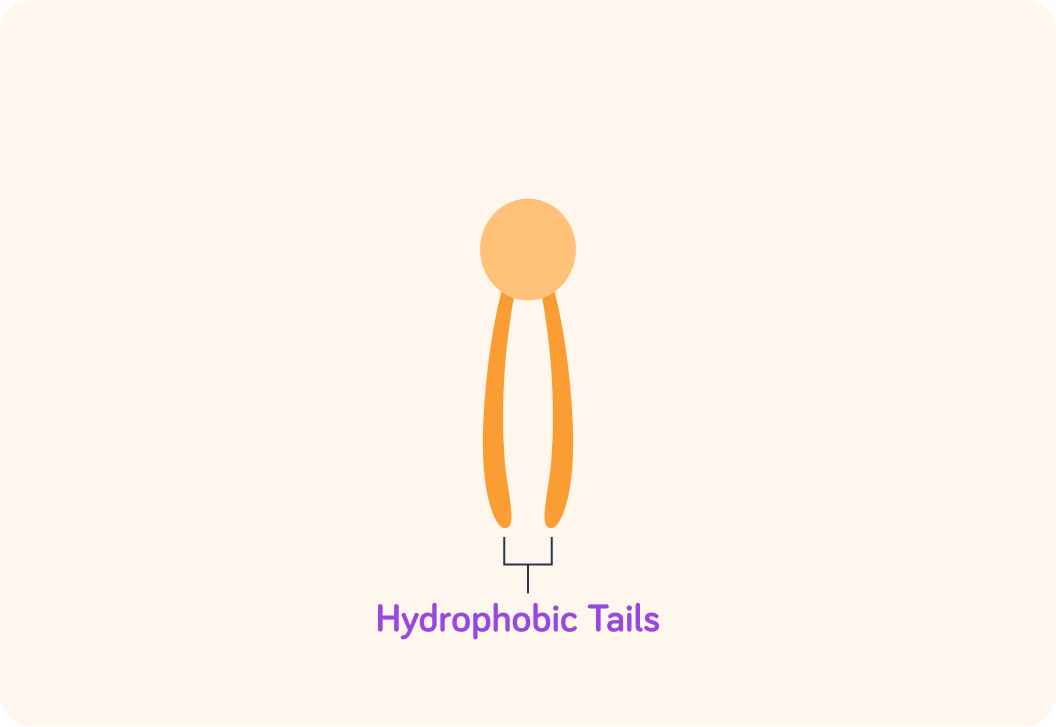
If someone has a "phobia" of spiders, then they...


"Phobic" means afraid and "hydro" refers to water
So the phospholipid's hydrophobic tails are afraid of water!

The phospholipid's head is "hydrophilic". What do you think that means then?

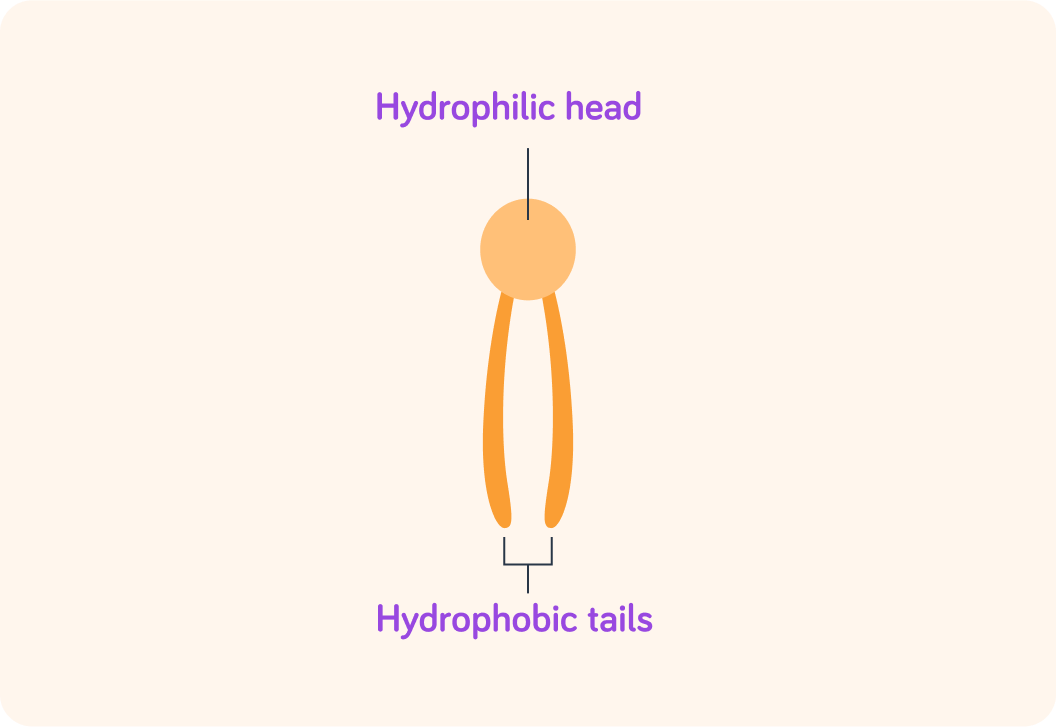
Hydrophilic and hydrophobic...
mean "water-loving" and "water-fearing".

The hydrophilic heads are on the outside and the hydrophobic tails are on the inside of the membrane
Why is that?
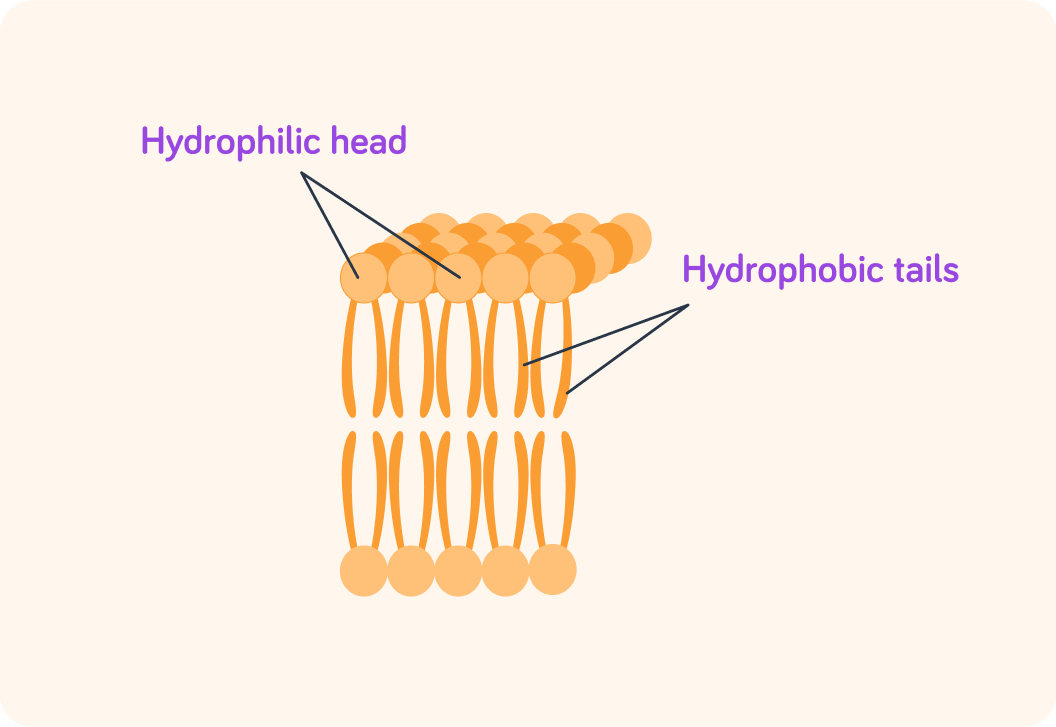
Does your body contain water? Answer yes or no.


Water makes up more than half of your body. Where is most of that water stored?


So there is water both on the inside and on the outside of a cell
The phospholipids have turned, so that the hydrophilic (water-loving) heads are turned towards that water, and the hydrophobic (water-fearing) tails are turned away from it.

Summary! The cell membrane borders the cytoplasm
It regulates transport in and out of the cell, like a kind of border control.

The cell membrane is made up of two layers of phospholipids
We call it a phospholipid bilayer.

Phospholipids consist of two parts
Hydrophilic (water-loving) heads and hydrophobic (water-fearing) tails.

There is water both on the inside and on the outside of a cell
The phospholipids have turned so that the hydrophilic heads are turned towards that water, and the hydrophobic tails are turned away from it.

